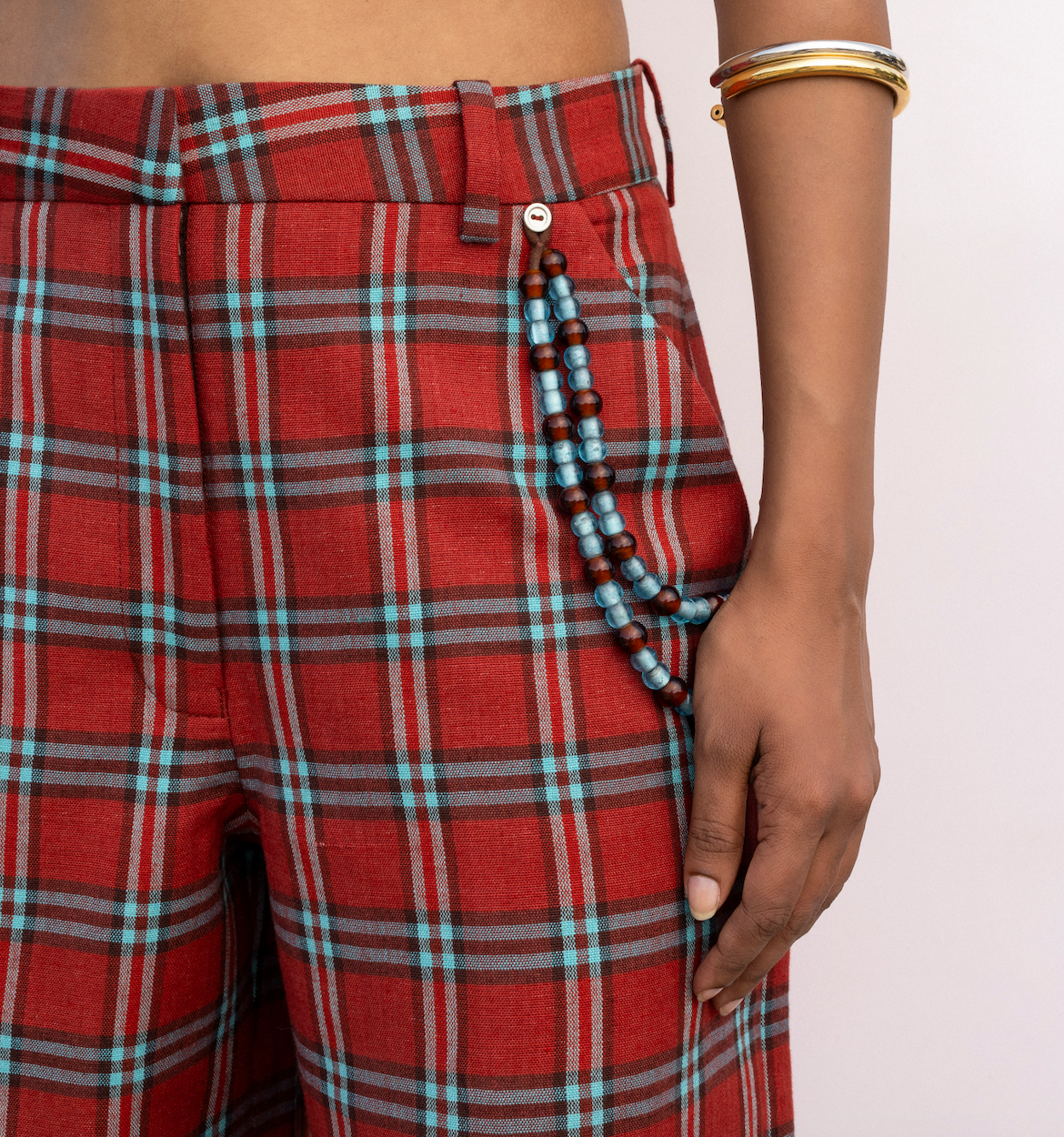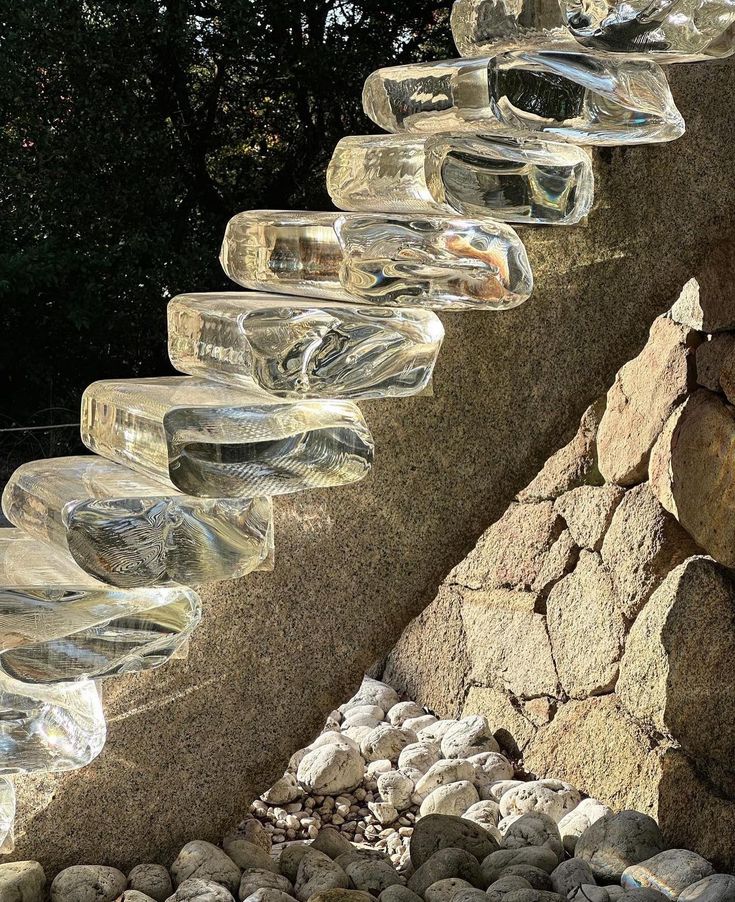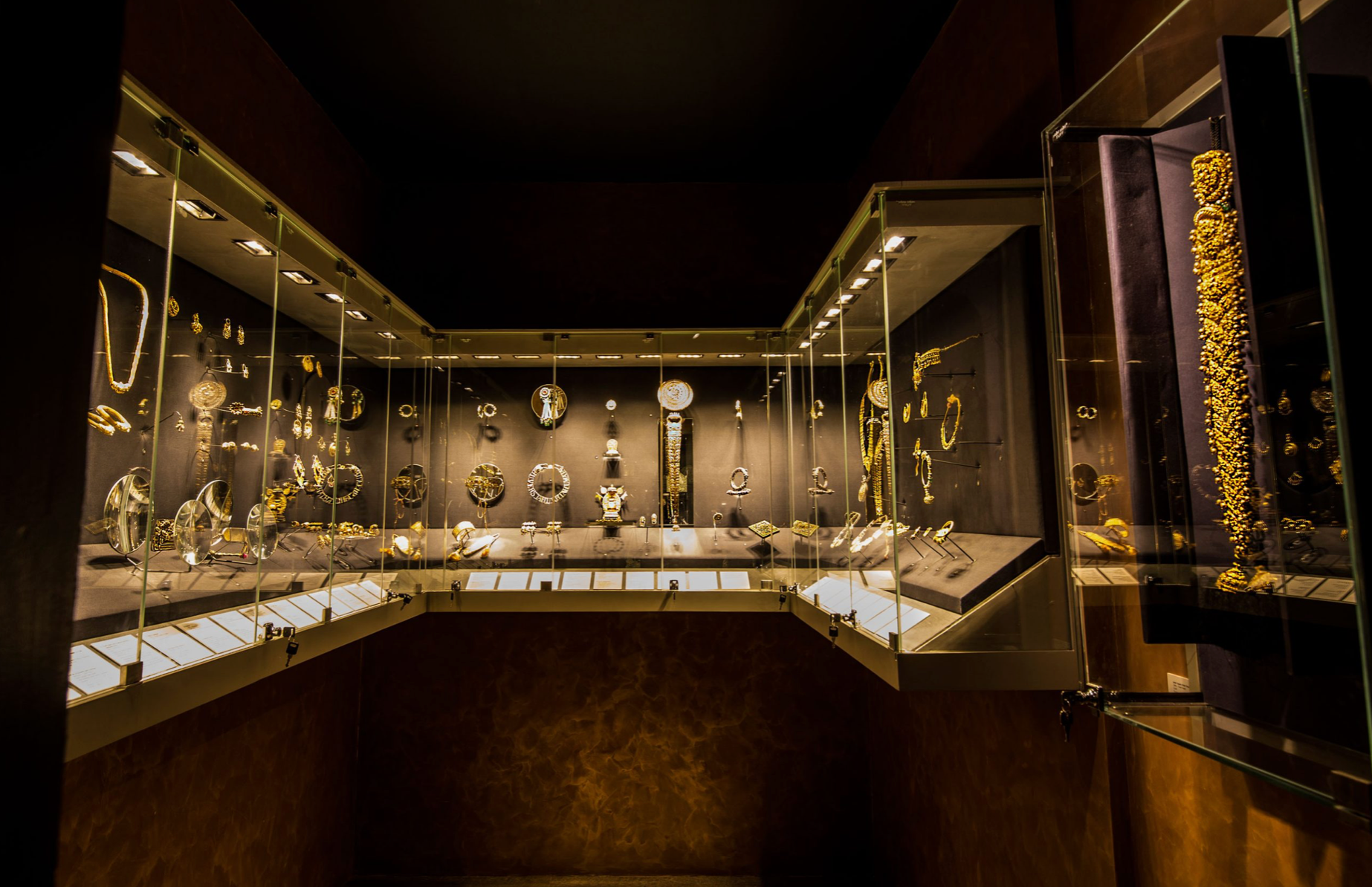The Madras check is one of the most recognizable patterns in South India. Characterized by brightly colored stripes that intersect to form a kind of plaid, it’s often draped over men’s lower bodies as a lungi. Casual, comfortable, and handwoven in lightweight cotton, it’s perfect for scorching summers. Growing up in Chennai—formerly known as Madras—the textile became more than just ubiquitous; it became personal. Mine and my brother's first-ever school uniforms were made from a lovely multicolored Madras. Using this handloom textile in my first collection feels, in hindsight, almost inevitable. Anamika and Riyaan ( first school uniforms, 2002-2007) The Madras check originated in 17th-century Madrasapattinam and eventually became a global phenomenon. It was once solely woven by hand and dyed using natural colors. Today, it is largely machine-made and chemically dyed. In the 17th century, the textile
was likely made in far fewer colors than we see today, owing to the use of only vegetable and other natural dyes. Tones of madder, turmeric, and indigo were more likely to have been featured within the checks. Madras Check ( yarn dyed with natural pigments) When the Portuguese began trading with India, Madras came to be known as Palaicatta Checks, named after the Portuguese trading port of Pulikat. Eventually, when the British established their port in Madrasapattinam, the name evolved into what it is today. In Nigeria, it is referred to as Injiri, which translates to “real India,” and became a significant bridal textile. On the flip side, the textile was also used as currency in the trade of enslaved people, becoming a symbol of oppression. Among the Kalabari tribe in Nigeria, the textile found ceremonial significan...




